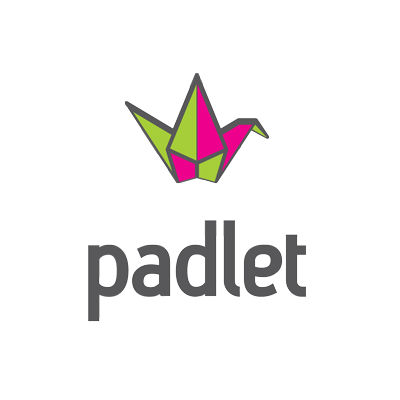App 1 - Grammaropolis
Standard - ALEX L6.1 37 ) Demonstrate command of the conventions of Standard English grammar and usage when writing or speaking. [L.6.1]
App Review : https://www.commonsensemedia.org/app-reviews/word-sort-by-grammaropolis
This app uses games, videos, and summative assessments to make learning grammar more fun and engaging. It can be used for Grades Kindergarten through 6th grade. Full access to the app is $1.99, but some lessons can be found for free online. The website above is the site that connects with Grammeropolis, and the same materials can be reached on the website.
App 2 - Sushi Monster
Standards - Alex Grade 1 - 5. 5. Relate counting to addition and subtraction.
App Review: https://learningworksforkids.com/playbooks/sushi-monster/
This app uses games and fun characters to review appropriate math context that aligns with the standards. It can be used for grades 1-3. Full access to the app is free. The websites above are the link to the app store and a link to the review along with implementation examples.
App 3 - Spark Reading for Kids
App Review - https://learningworksforkids.com/apps/spark-reading-for-kids/
Standards - Alex - Ask and answer such questions as who, what, where, when, why, and how to demonstrate understanding of key details in a text. [RI.2.1]
This app integrates STEM topics with reading to promote whole brain thinking and informational texts. It can be used for Grades 2-10. Full Access to this app is free. The website listed is the link to the app store as well as a link to the review along with implementation examples.
Of the three, I believe that Grammaropolis would be the most beneficial to students. The fact that most classrooms do not put a lot of focus on Grammar means that students need more support in this area. This can be a quick review to do in those last few minutes of class when the lesson is over, and the students can focus on another task while still having fun with the fun games and characters.


